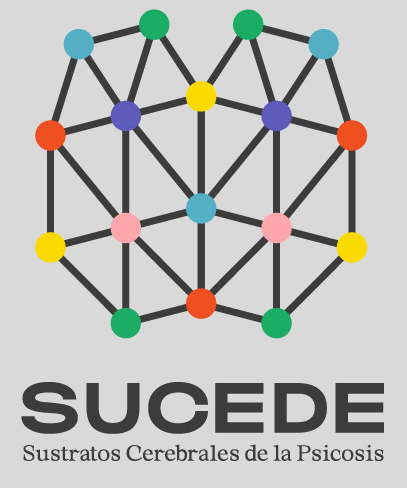JOURNAL CLUB: NEURONAL NETWORKS AND COGNITIVE ALTERATIONS IN PSYCHIATRIC DISORDERS (EVA RODRÍGUEZ VÁZQUEZ MIR-IV PSYCHIATRY HCUV)
It has long been assumed that cognitive functions are attributed to isolated brain areas. In the last decade, more and more studies have been based on the idea that cognition is the result of dynamic interactions of brain areas distributed in neural networks.
These neural networks can be defined in two ways, by their structure or by their functionality. The former are based on the anatomical link of their neurons, while the latter are defined as the brain areas that interact to perform a given function. In turn, each neuronal network is divided into nodes and edges. In the structural networks the nodes would be the neurons and the ways of connection of these serve as borders. On the other hand, in the functional networks, it is said that a particular area of the brain is a node, when a damage in this cerebral area damages a cognitive function, being the edges the functional interactions between nodes.
Nowadays, there is a study current based on neuronal networks for the knowledge of the neurobiological basis of psychiatric disorders. In the October issue of the WP (World Psychiatry) a short article has been published “Menon, V. (2020), Brain networks and cognitive impairment in psychiatric disorders. World Psychiatry, 19: 309-310. https://doi.org/10.1002/wps.20799”, in which he refers that cognitive impairment is a prominent feature of all psychiatric disorders, a common characteristic being the inability to control behavior. It has been seen that alterations in the brain networks that implement cognitive control support most psychiatric disorders. We point out as keys 3 networks that are fundamental for cognition and for regulating adaptive behaviors: the prominence network, the “central-executive” fronto-parietal network and the network in a predetermined way. According to Menon, the aberrant functional organization of these 3 networks and/or their interactions, underlies a wide range of disorders. He calls this the triple network model of psychopathology. In previous publications by his research group, they have seen how dynamic interactions with respect to the prominence network were significantly reduced, less persistent, and more variable in patients with schizophrenia compared to controls, correlating with positive symptoms of the disease; thus he claims that aberrations in the cognitive control networks indicate psychosis in schizophrenia.
Finally, it concludes that early identification of network dysfunctions has the potential to improve diagnosis, treatment, and early intervention of psychiatric disorders. He points out that the convergence of theoretical models and empirical findings provides fundamental information about transdiagnostic circuits, which are promising targets for intervention.



